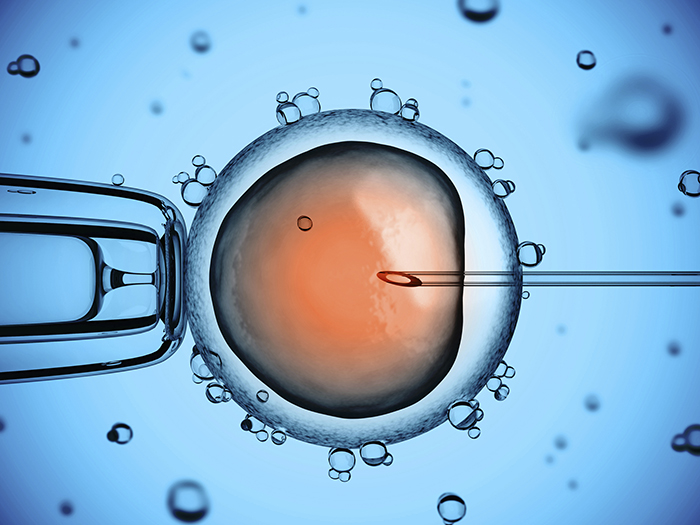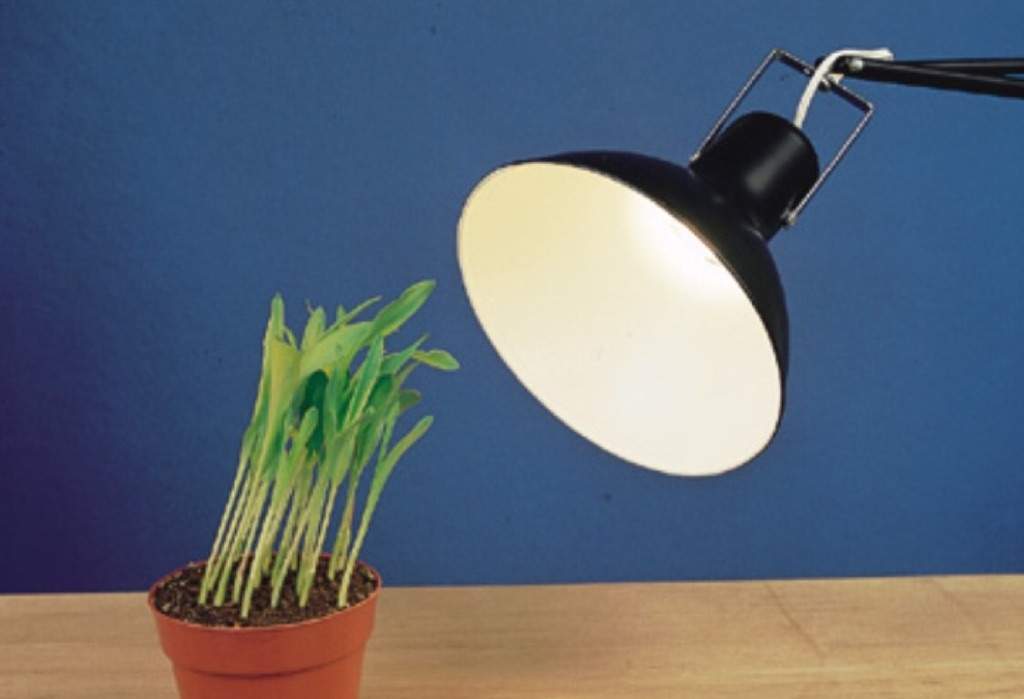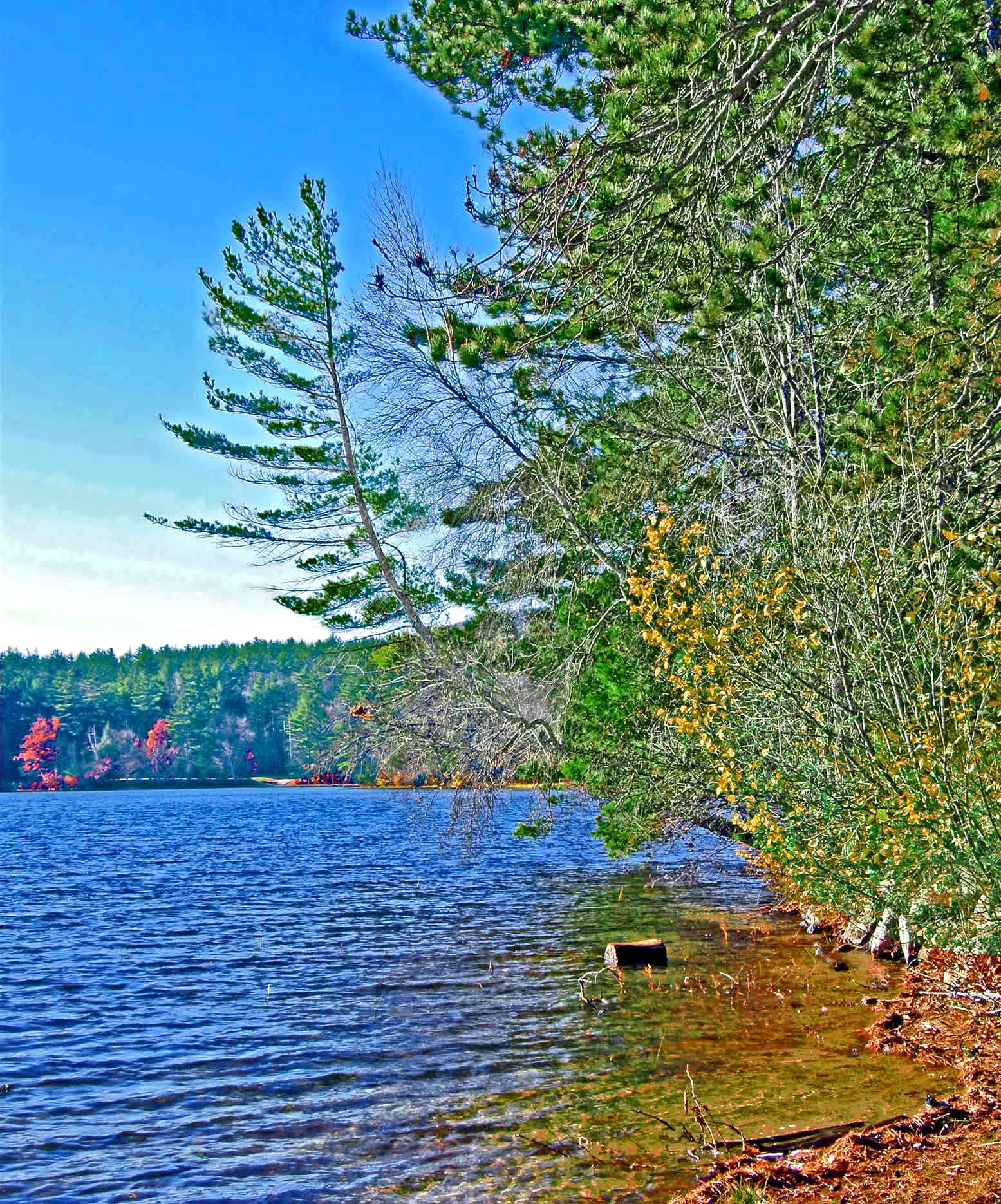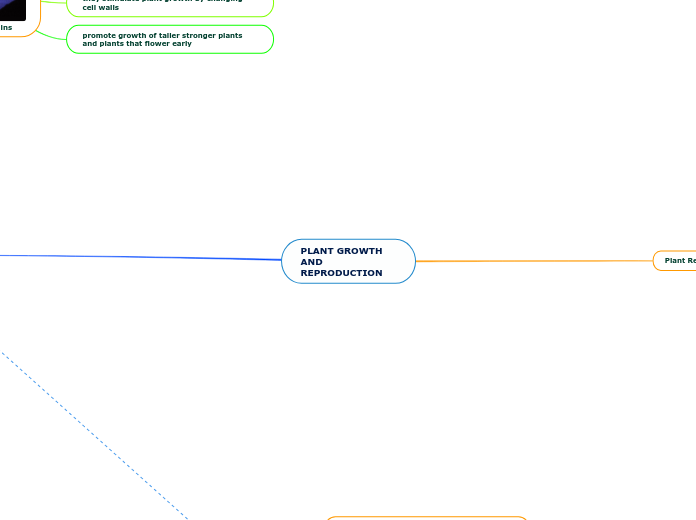PLANT GROWTH AND REPRODUCTION
Plant Reproduction

Sexsual
sporic reproduction which is an alternation of generations

seedless plants
they are adapted for reproduction in wet environments
they are a swimming sperm
they are independent gametophytes plants
they have unprotected zygote, embryo and gametophytes

seed plants
gymnosperms
they are unprotected seeds that develop on upper surface of reproductive structures

wind pollination occurs

single fertilisation occurs
angiosperms

protected seeds develop within the ovary wall

wind, insect or animal pollination

double fertilisation occurs

Asexual
natural vegetative propagation

the growth happens in the roots, to the stems and the leaves
artificial propagation

an example of this would be splitting, grafting, cutting and layering tissues
Have 2 types of reproductions which is asexual and sexual
sexual -
is the reproduction that requires 2 parents and produces genetically distinct offspring
asexual
reproduction that only requires one parent and produces genetically identical offspring
Plant Growth
plants produce chemical compounds which are called harmones
5 main harmones are auxins, cytokinins, gibberellins, ethylene, and abscisic acid
plant harmones are rarely independent
Non Vascular

they are dominant gametophyte plants

Vascular
they are dominant sporophyte plants

Auxins
is a group of compounds that stimulate the elongation of plant cells
auxins produced by the apical dominance, which is a condition of a plant stem in which growth is mainly upward, with little growth laterally from side branches
effects of auxins in a plant varies depending on its concentration and location

Cytokinins
promote cell division and differentiation by stimualting the production of the proteins neeeded for mitosis and cytokinesis
cytokinins also delay the ageing of leaves and fruit

Gibberellins
produced in the apical meristem and there are many kinds
transported in the vascular tissue
they stimulate plant growth by changing cell walls
promote growth of taller stronger plants and plants that flower early

Ethylene
known as gaseous hormones
is in the ripening fruits or dying leaves and plants
transported within the phloem
can effect other parts of plants, mainly affects ripening fruits
weakens the cell walls and break downs complex carbohydrates

Abscisic Acid
generally inhibits growth
blocks the intakes of carbon dioxide by controlling the opening and closing of leaf stomata
blocks the action of growth promoting hormones
tropic responeses
Tropism- growth response of a plant to an external stimulus
if plant growth is towards stimulus, its positive tropism
if plant growth is away from stimulus, it is negative tropism
3 main types of tropism are phototropism, gravitropism, and thigmotropism

phototropism is a growth response to light caused by an unequal distribution of auxin

gravitropism is a growth response to gravity, roots generally show a positive gravitropism. The downward growth of roots into soil helps to anchor the plant and brings roots in contact with water and minerals. However, a stem exhibits a negative gravitropism when it grows upwards, pushing against gravity. this growth position leaves for maximum exposure to light.

Thigmotropism is a growth response to mechanical stimuli, such as contrast with an object, another organism or even wind. thigmotropism is evident in vines that twist around a nearby structure such as a fence or tree.
